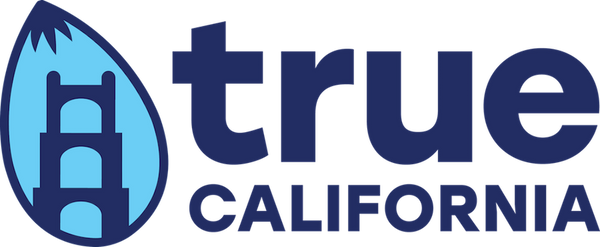EWG released their 2022 Dirty Dozen and Clean Fifteen report earlier this month. There were a few shifts in ranking for the Dirty Dozen but not much has changed there. A few items dropped off the Clean Fifteen report so a few new items were added.
Here's a quick recap about the EWG and these lists:
So there you have it. The usual suspects for the Dirty Dozen and a few new foods on the Clean Fifteen. Eggplant, Broccoli, and Cauliflower got replaced by Mangoes, Watermelon, and Sweet Potatoes. And for foods that made the Dirty Dozen list, the EWG recommends that you continue enjoying those foods but choose the certified organic version instead.
As a side note, we don't think the EWG tests for systemic pesticides. These are pesticides that plants end up absorbing, which means the pesticides becomes a part of the fruit meats, leaves, and stems. It's not just on the shell or skin that we have to worry about.
Here's our take. Buy organic. Buy organic whenever you can. It's better for the environment, it's better for the farmers, and it's better for you. We know it's more expensive and is a challenge.
But here's the good news. The more organic we buy, the lower the prices will be in the future. Farmers grow what people will buy. It's the truth. We vote and tell farmers what we like each time we buy food. The more organic we buy, the more organic options we will have. The idea is supply and demand will help make things fair for everyone. So let's eat organic! =)
Here's more reading on the EWG & the Dirty Dozen + Clean Fifteen:
Here's a quick recap about the EWG and these lists:
- What's the EWG? The EWG is the Environmental Working Group. This organization uses USDA test data to rank 46 different natural foods that are the most and least contaminated with pesticide residues.
- What's the Dirty Dozen? It's a list of the 12 foods with the most contaminated with pesticide residues. These are not safe to eat unless they are certified organic.
- What's the Clean Fifteen? It's the 15 foods with the least contamination with pesticide residues. These are safer to eat even if they are not certified organic.
- How does the EWG rank foods? The EWG takes roughly 45,000 samples of the 46 different food items and prepares them as an average consumer would by washing, peeling, and/or scrubbing before testing for pesticide residues.
- Why is this important? Pesticides are bad for us. Many of these chemicals are now known to be linked to causing birth defects, mental disorders, improper development, and certain chronic diseases like cancers.
- Strawberries
- Spinach
- Kale, Collard & Mustard Greens
- Nectarines
- Apples
- Grapes
- Bell & Hot Peppers
- Cherries
- Peaches
- Pears
- Celery
- Tomatoes
- Avocados
- Sweet Corn*
- Pineapple
- Onions
- Papaya*
- Sweet Peas (Frozen)
- Asparagus
- Honeydew Melon
- Kiwi
- Cabbage
- Mushrooms
- Cantaloupe
- Mangoes
- Watermelon
- Sweet Potatoes
So there you have it. The usual suspects for the Dirty Dozen and a few new foods on the Clean Fifteen. Eggplant, Broccoli, and Cauliflower got replaced by Mangoes, Watermelon, and Sweet Potatoes. And for foods that made the Dirty Dozen list, the EWG recommends that you continue enjoying those foods but choose the certified organic version instead.
As a side note, we don't think the EWG tests for systemic pesticides. These are pesticides that plants end up absorbing, which means the pesticides becomes a part of the fruit meats, leaves, and stems. It's not just on the shell or skin that we have to worry about.
Here's our take. Buy organic. Buy organic whenever you can. It's better for the environment, it's better for the farmers, and it's better for you. We know it's more expensive and is a challenge.
But here's the good news. The more organic we buy, the lower the prices will be in the future. Farmers grow what people will buy. It's the truth. We vote and tell farmers what we like each time we buy food. The more organic we buy, the more organic options we will have. The idea is supply and demand will help make things fair for everyone. So let's eat organic! =)
Here's more reading on the EWG & the Dirty Dozen + Clean Fifteen:
- https://www.ewg.org/foodnews/dirty-dozen.php
- https://www.cnn.com/2022/04/07/health/dirty-dozen-produce-2022-wellness/index.html
- https://fitonapp.com/nutrition/2022-dirty-dozen/
- https://www.greenmatters.com/p/dirty-dozen-foods-2022
- https://www.yahoo.com/lifestyle/2022-dirty-dozen-know-140018404.html
- https://www.ewg.org/foodscores/

